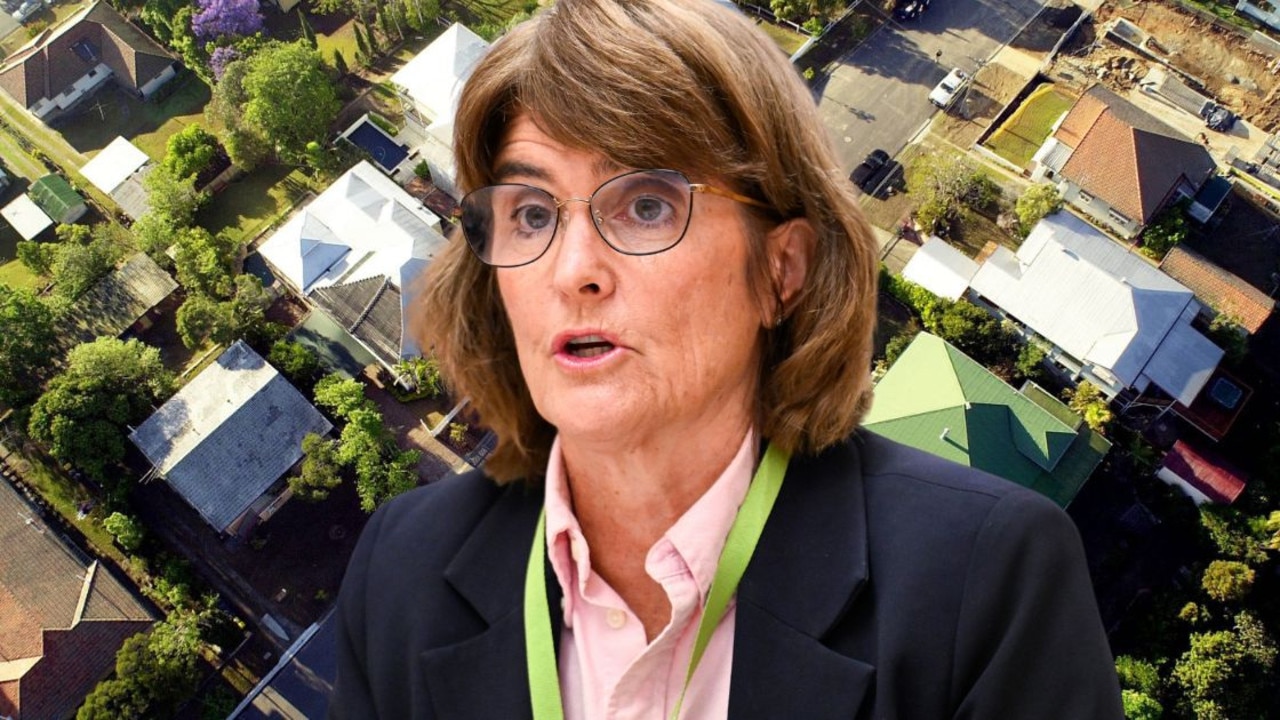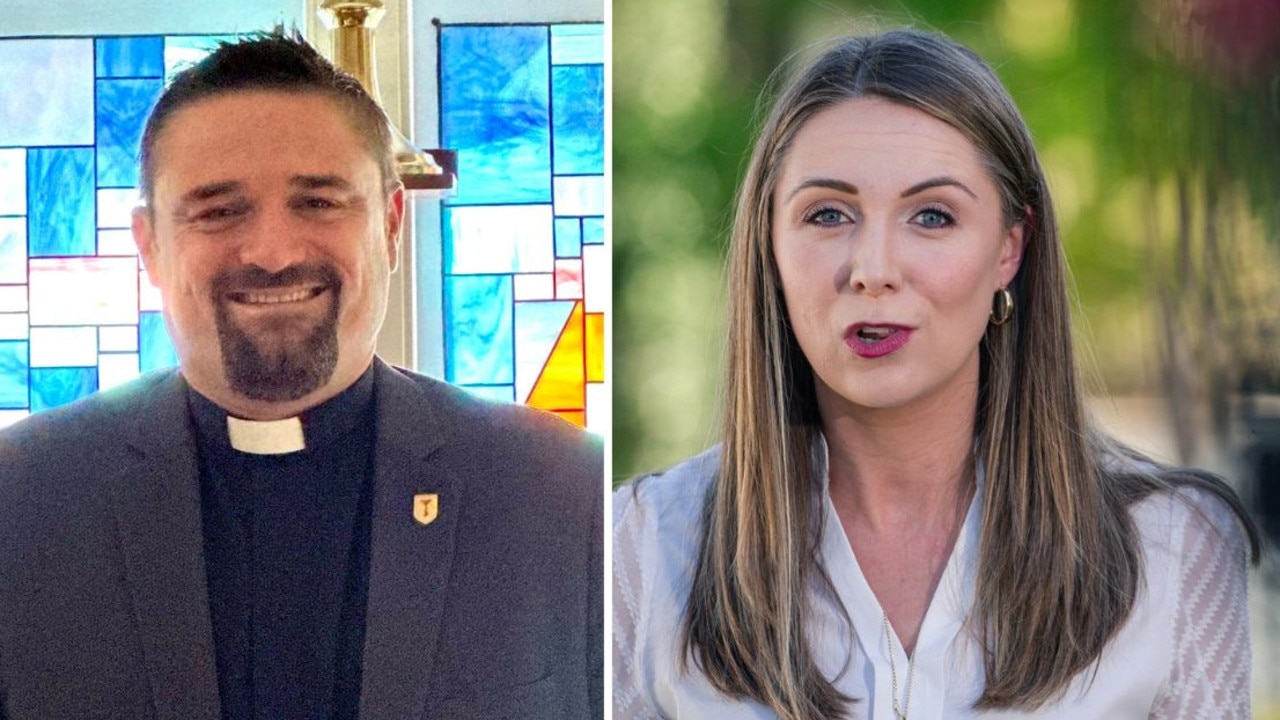Search for new War Memorial director starts
Brendan Nelson secured $500 million for the biggest expansion at the Australian War Memorial since it was built in 1941 — but that’s not considered his most significant achievement during seven years as director.
CM Insight
Don't miss out on the headlines from CM Insight. Followed categories will be added to My News.
A REVERENTIAL silence breaks across the Australian War Memorial every day at 4.45pm as visitors prepare for perhaps the nation’s most important daily ritual: the Last Post Ceremony.
Every day except Christmas Day, the formula is the same — the national anthem is followed by a piper playing the Lament as wreaths are laid by the Pool of Reflection.
Then a bugler plays the Last Post before a uniformed soldier reads the story of one of the 102,000 names that are etched in the bronze Roll of Honour.
The idea for the ceremony hit AWM director Brendan Nelson on his first day in the job in 2012 as he stood among the cloisters of Commemorative Area and thought back to a similarly moving ceremony he had watched scores of times at the Menin Gate in Belgium.
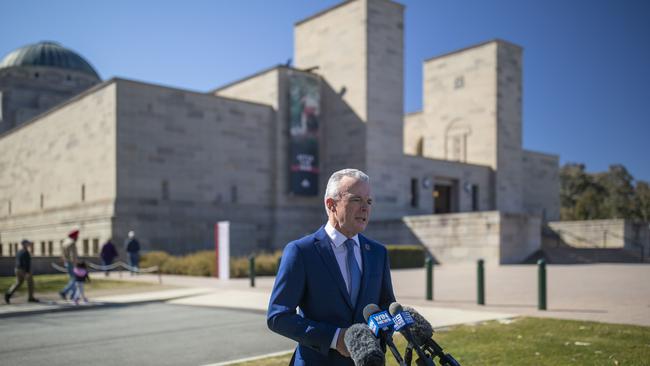
As Ambassador to Belgium, the EU and NATO, Dr Nelson had been so stirred by that ceremony that he was determined to create something similar at the AWM.
Dr Nelson, who announced yesterday that he would step down as AWM director at the end of the year, has watched more Last Post ceremonies than just about anyone and says each is unique and special.
“Each time it strikes an emotional chord for everyone present cloaked by the Roll of Honour,” he said at a book launch last year.
“I recall the visiting Hungarian president and his wife listening to the story of Australian soldier Lance Corporal Luke Gavin, who was killed in Afghanistan in 2011.
“The president’s wife was moved to tears and Gavin’s daughter, Olivia, wrapped her arms around Her Excellency’s legs and looked up at her, saying, ‘it’s OK to cry, I cry about it a lot too’.”
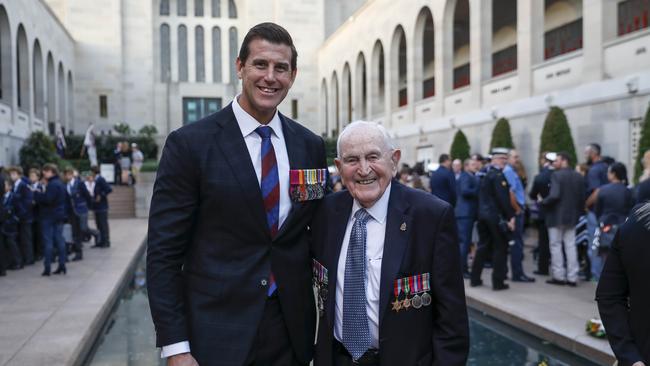
Veterans Minister Darren Chester yesterday put the Last Post Ceremony at the top of a long list of Dr Nelson’s achievement during his seven years at the helm.
Mr Chester said Dr Nelson had taken an “inspired and visionary” approach to the job that included securing $500 million last year for what will be the largest expansion for the memorial since it was built at the top of Canberra’s Anzac Pde in 1941.
“Brendan has provided leadership to the Memorial that has made it world-renowned, including managing its extensive upgrades and overseeing the Centenary of Anzac program,” he said.
Dr Nelson said he was most proud that under his watch the memorial had starting telling the stories of Australia’s modern wars in Afghanistan and Iraq to make it as much of a spiritual home for young veterans as it was for earlier generations.
In his first week on the job he asked a senior staffer when there would be an exhibit of the Afghanistan war.
He was not impressed when he was told it would be years away because of the lack of space.
Within months, Dr Nelson had opened the AWM’s first Afghanistan exhibition in a space formerly set aside for volunteers and used the occasion to lobby the prime minister and opposition leader for more space.
The battle for more space and funds has been a constant them of his tenure but just as important has been his passion for the memorial and veterans.
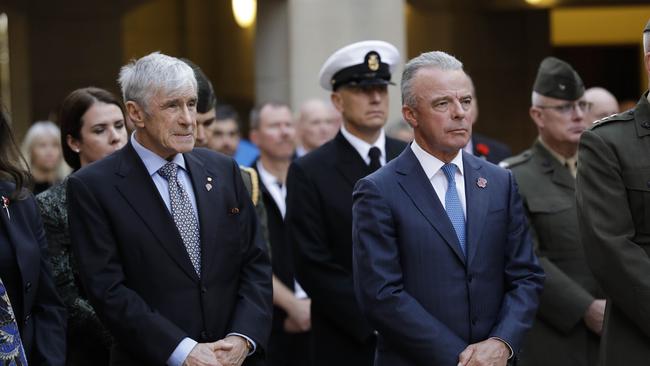
Australian War Memorial chairman Kerry Stokes said Dr Nelson had overseen a transformation that had taken the memorial to a new level of awareness and appreciation by the Australian people.
“Working closely with the Memorial’s Council and building on the work of his predecessors, Brendan has brought our nation’s history to life, emphasised the commemorative and healing role of the Memorial and most importantly, made it a place of immense meaning for young servicemen, women, veterans and their families,” he said.
A national search for his replacement has started.

